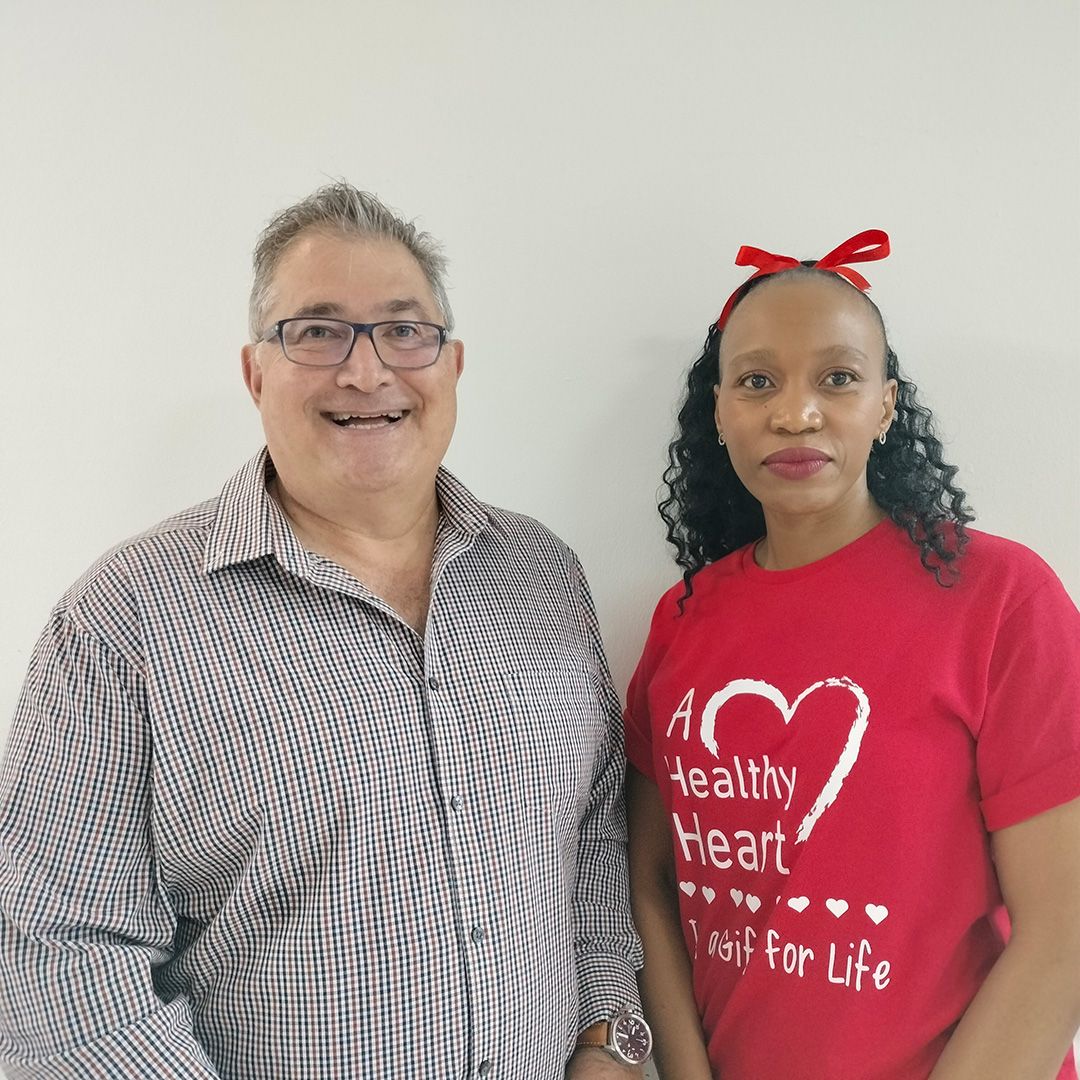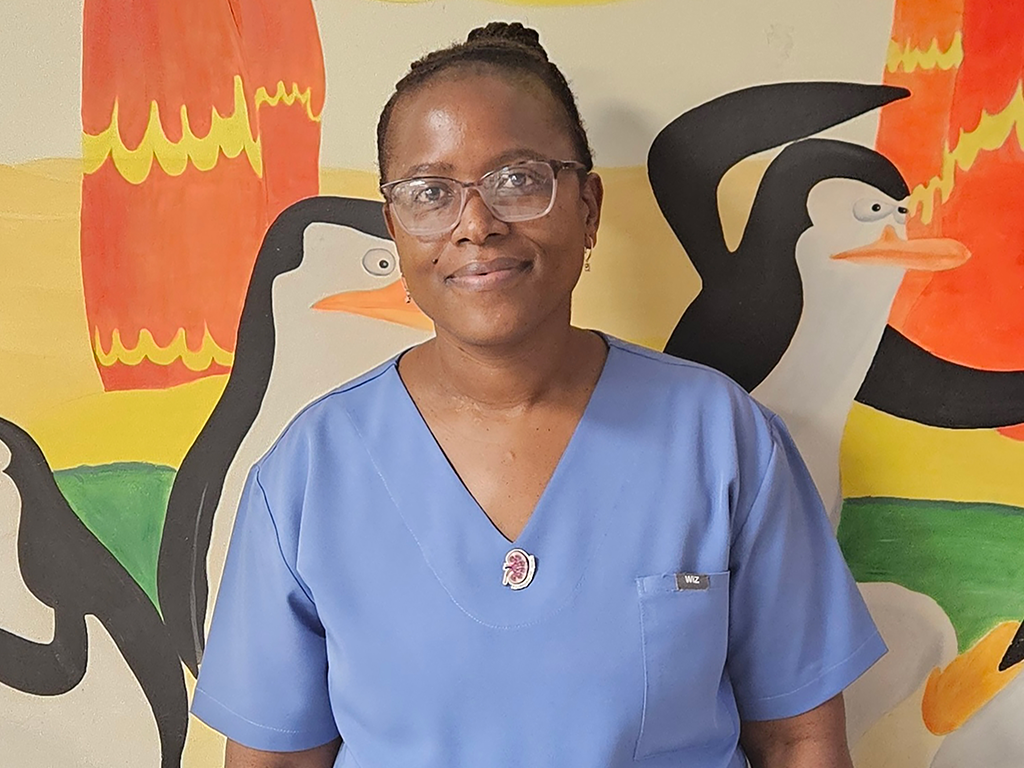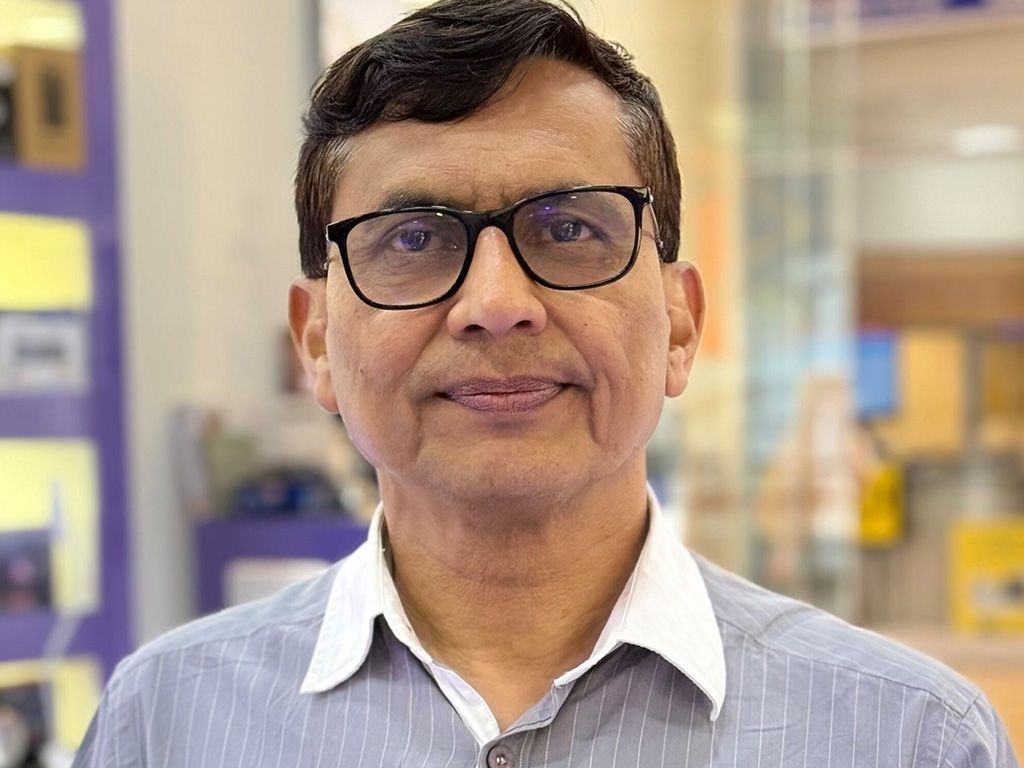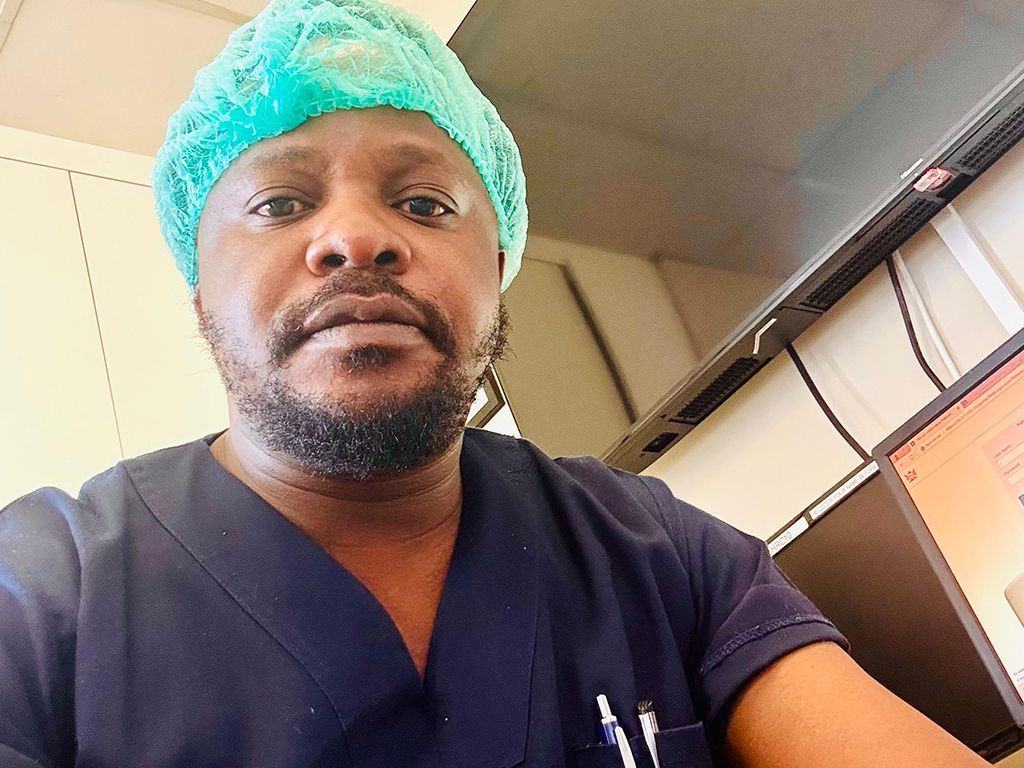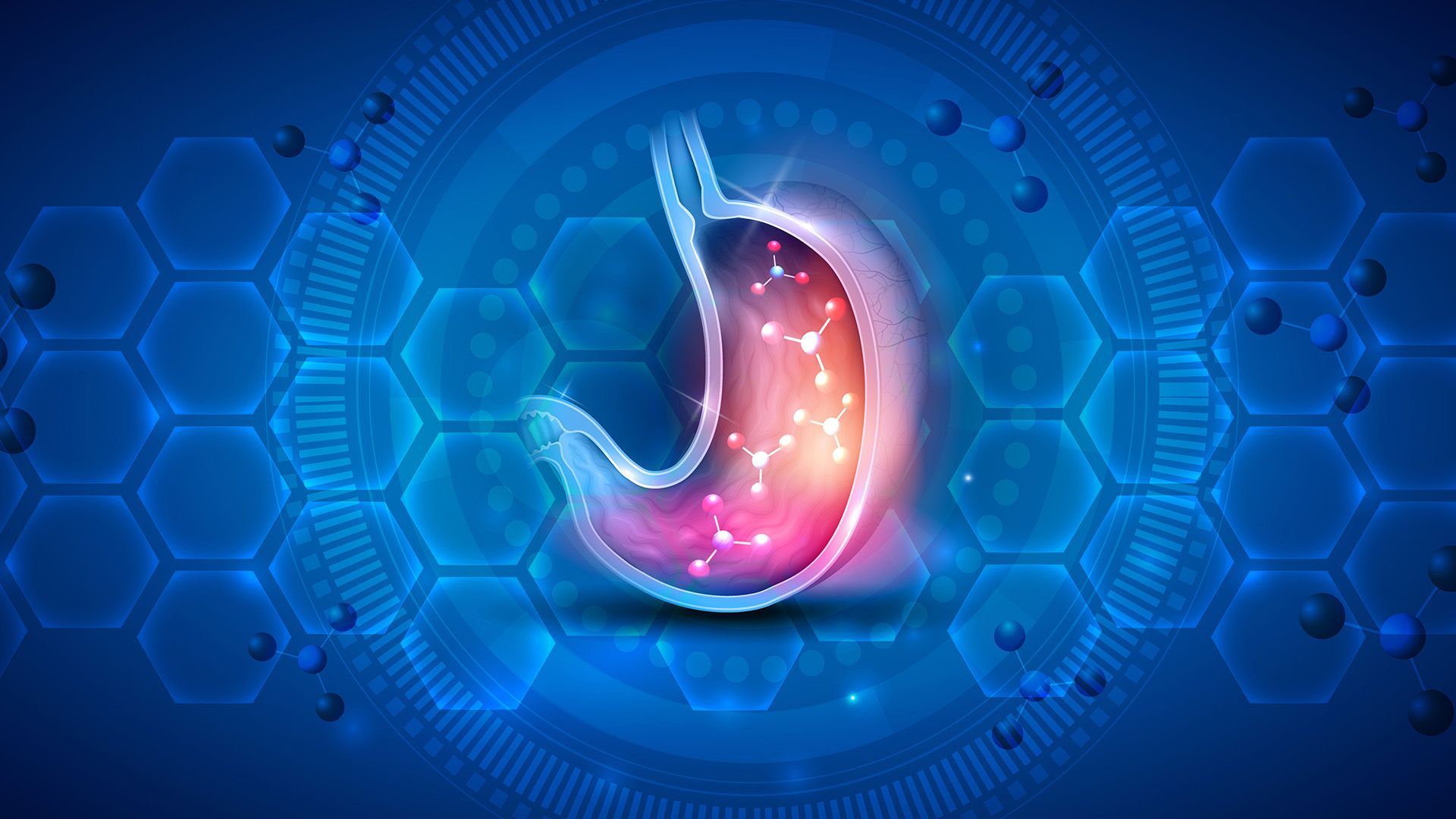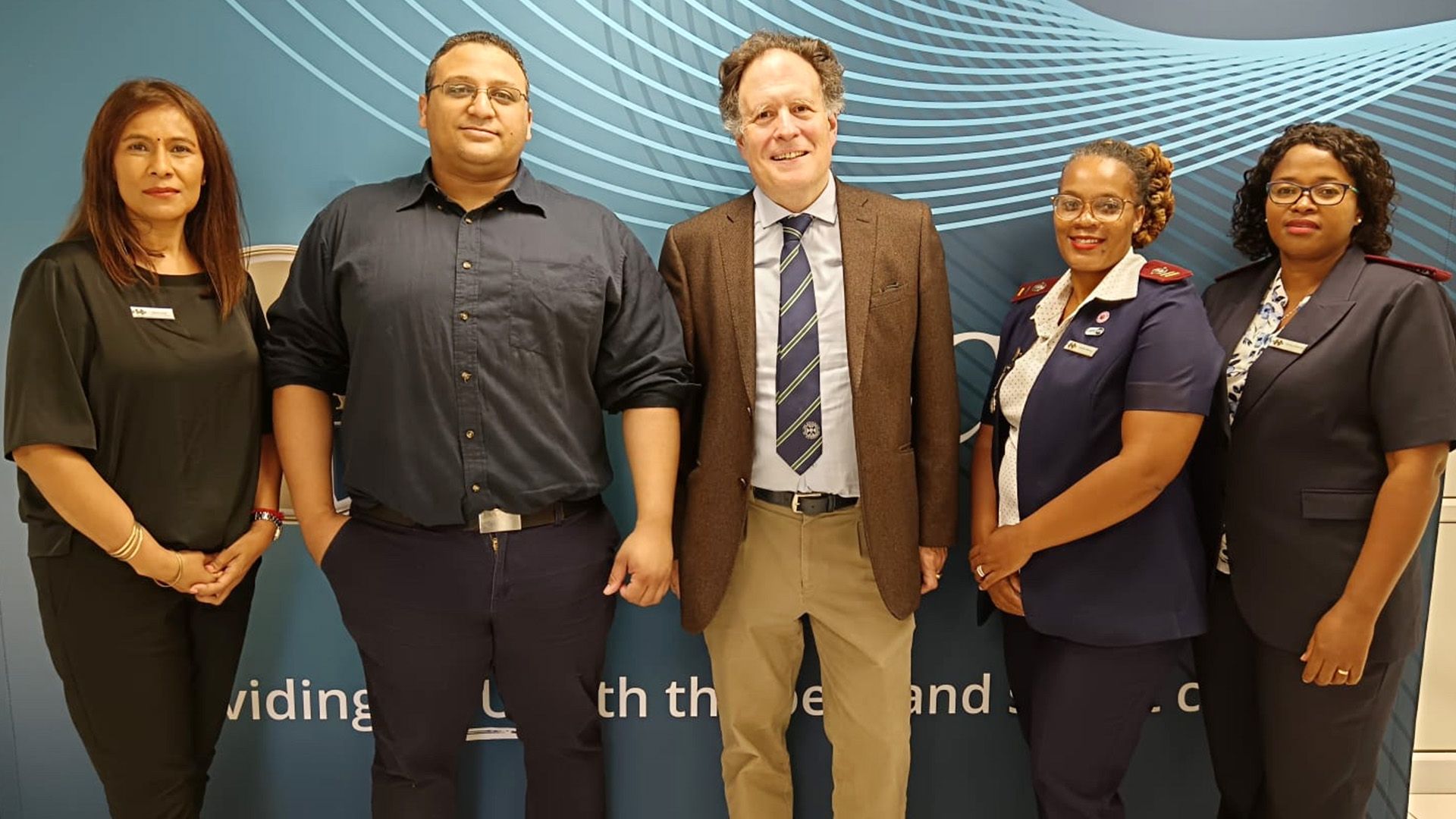November is Pancreatic Cancer Awareness Month
Kerry Simpson • November 26, 2019
November is Pancreatic Cancer Awareness Month. Improving diagnosis and treatment for one of the world’s most life-threatening cancers starts with earlier detection.
November is Pancreatic Cancer Awareness Month when communities around the globe unite on World Pancreatic Cancer Day on 21 November, to highlight the need for greater awareness, funding and research for pancreatic cancer.2 Launched in 2014, World Pancreatic Cancer Day quickly became a global success.2 Each year, outreach, visibility, and engagement continue to grow across the world given the severity of the disease.2
“Pancreatic cancer occurs when abnormal cells develop and grow out of control, causing tumours,” says Prof Jose Ramos, Head of HPB Surgery, Wits University Donald Gordon Medical Centre. “Most people know very little about this cancer, which has the lowest survival rate of all major cancers, with just 2 to 9 percent of those diagnosed surviving five years. It’s important to know the symptoms and risks of this disease and to spread the word to help educate your family, friends, and colleagues about the symptoms and risks, and what to do to support earlier diagnosis and treatment.”
One of the major challenges associated with pancreatic cancer is that the condition often goes undetected for a long period of time because signs and symptoms seldom occur until advanced stages.3a By the time symptoms occur, cancer cells are likely to have spread (metastasised) to other parts of the body, often preventing surgical removal of tumors.3
The exact cause of pancreatic cancer is yet to be determined.3 However, genetics appear to play a large role, as they do with other cancers.3 People with family members who have been diagnosed with pancreatic cancer are at a greater risk of developing it themselves.3
A far greater number of cases develop as a result of environmental and lifestyle factors such as smoking, diet, excessive drinking and chemical exposure.3 A personal history of chronic pancreatitis is associated with an increased risk of developing pancreatic cancer.3
“Pancreatic cancer is often called a silent disease because it’s hard to spot early, at the stage when it’s most treatable. Spread of the cancer occurs early which contributes to the poor outcome,” says Prof Ramos. “Besides knowing the symptoms, knowing the risk factors for pancreatic cancer is your best protection against this disease.”
Risk factors
Risks for pancreatic cancer include:
- Age. The vast majority of cases of pancreatic cancer occur in people aged 65 years and older.3
- Excessive drinking. People who drink 9 or more alcoholic drinks every day are at increased risk for developing pancreatic cancer.3
- Cigarette smoking.
Smokers are 2 to 3 times more likely to develop pancreatic cancer than non-smokers.3 Smoking is the single greatest risk factor, associated with almost one-third of all cases of pancreatic cancer.3
- Diabetes.
Multiple large studies have shown that people diagnosed with diabetes (abnormal glucose metabolism) are at significantly increased risk of developing pancreatic cancer.3
- Weight. Multiple large studies have shown that people who are obese, with a body mass index (BMI) 30 or greater, are at increased risk for developing pancreatic cancer (a large study showed that the risk was 47% greater compared to people who were not obese).3
- Diet.
Diets high in animal fats and low in fruits and vegetables are more likely to develop pancreatic cancer.3 A large study has also shown that consumption of processed meat and red meat is associated with an increased risk of developing pancreatic cancer.3
- Chemical exposure.
People working with petroleum agents such as gasoline and fuel oils are at increased risk of developing pancreatic cancer.3
Signs and symptoms of pancreatic cancer
Many symptoms of pancreatic cancer are mild at first, so patients may often be unaware of the potential seriousness of them.4 Due in large part to the position of the pancreas deep in the abdomen, a pancreatic tumour can grow for years before causing pressure, pain, or other signs of illness.4 This can make it difficult for a patient or doctor to recognise a problem.4 In many cases, there are no symptoms in pancreatic cancer until its late stages.4
Symptoms include the following:
Digestive Difficulties
Digestive difficulties including indigestion, nausea, weight loss, a poor appetite, and diarrhoea, can arise as a result of pressure from a pancreatic cyst or tumour on the stomach or the small intestine, in some cases causing a block in the digestive tract.4 When a tumour grows, it can wrap around the far end of the stomach or duodenum, causing a partial block.4 This can cause nausea, vomiting, and pain which may worsen after eating.4 Diarrhoea results when the nutrients in food are not absorbed properly.4 When this occurs, stool can become loose, watery, oily and foul-smelling.4 Pancreatic enzymes are responsible for digesting fatty foods.4 If a tumour blocks the pancreatic duct, insufficient pancreatic juices in the intestines can lead to poor absorption and diarrhoea, as the undigested food passes quickly through the digestive tract.4 If this happens, stool may float due to the higher fat content, appear bulky, greasy, and unusually pale.4
Unexplained Weight Loss
This is a common symptom in many cancers and is often accompanied by general loss of appetite and fatigue.4 The weight loss can be caused by cancerous cells that deprive healthy cells of required nutrients.4 Prof Ramos says: “Weight loss due to pancreatic cancer can be caused by a lack of functional pancreatic enzymes with consequent malabsorption of food. Eating may aggravate pain in patients with pancreas cancer leading to inadequate intake of calories.”
Jaundice
Jaundice is identified primarily by the skin and the whites of the eyes becoming yellow or greenish yellow.4 However, Prof Ramos says that dark urine and light or clay-coloured stools are usually the first symptoms of this type of jaundice occurring before the skin and eye changes are noted. Jaundice occurs when bilirubin, a component of bile, builds up in your blood.4 It typically occurs in pancreatic cancer when a tumour in the head of the pancreas first narrows, then obstructs the common bile duct, blocking the flow of bile into the duodenum.4 “The presence of jaundice can be easily determined with simple blood tests,” says Prof Ramos.
Upper Abdominal Pain
“Abdominal pain is a common symptom of pancreatic cancer,” says Prof Ramos. “It is usually felt in the upper central or upper left abdomen and often radiates to the middle or upper back and worsens after eating or when lying down. Abdominal pain commonly occurs with advanced pancreatic cancer and can be difficult to control.” Pain can occur when a tumour, typically originating in the body or the tail of the pancreas, grows to put pressure on surrounding abdominal organs or invades surrounding nerves.4
New Onset Diabetes
Sudden onset of diabetes in people with normal body mass index is often a warning sign of pancreatic abnormalities and can be a symptom of pancreatic cancer.4 Additionally, when well-controlled diabetes suddenly becomes brittle or poorly controlled, this change can also be a warning sign for pancreatic cancer.4
Treatment
Options for treating pancreatic cancer include surgery, chemotherapy, radiation therapy, and palliative care, depending on the specific characteristics of the cancer.4 “Unfortunately, pancreas cancer tends to spread to surrounding structures and lymph glands quite early and the majority of patients diagnosed with this disease are no longer candidates for surgical removal. Surgery is thus reserved only for early cases which constitute less than 10-15% of all patients with this cancer,” says Prof Ramos.
“The natural evolution of the cancer is progressive spread to the liver, lungs, abdominal cavity and other areas of the body. The majority of patients with this cancer will survive less than one year from the time of diagnosis”.
“Ideally, patients with pancreatic cancer should be treated in units with the necessary experience and expertise in dealing with this complex disease. These units will utilise a multidisciplinary team consisting of surgeons, oncologists, radiologists, radiotherapists, physicians, pain specialists, dieticians and others in order to achieve the best possible outcomes. Even if cure is not possible, modern chemotherapy and radiotherapy may be able to prolong life and maintain quality of life,” says Prof Ramos.
Consequences of pancreas cancer
“Pancreatic cancer leads to permanent damage of the pancreas, eventually impairing the person’s ability to digest food and make pancreatic hormones,” says Prof Ramos. “Malnutrition can be avoided with pancreatic enzyme replacement therapy (PERT), which involves taking the digestive enzymes you need in the form of a capsule to assist the digestion of fat, carbohydrates and proteins. PERT can also help to stop diarrhoea, which contributes significantly to poor quality of life for patients. Diabetes is common due to damage to the pancreas and must be properly controlled to maintain health and well-being”.
Consult your physician as soon as possible if you are experiencing these symptoms. If you are diagnosed with pancreatic cancer, discuss your treatment options carefully and thoroughly with your physician.
References
1. The Sol Goldman Pancreatic Cancer Research Center. Basics of Pancreatic Cancer. Accessed 25 August 2019. Available from: http://pathology.jhu.edu/pancreas/BasicIntro.php?area=ba
2. World Pancreatic Cancer Day. About the World Pancreatic Cancer Day. Accessed 25 August 2019. Available from: http://www.worldpancreaticcancerday.org
3. The National Pancreas Foundation. About Pancreatic Cancer. Accessed 25 August 2019. Available from: https://pancreasfoundation.org/
4. Columbia University Department of Surgery. The Pancreas Centre. Symptoms of Pancreatic Cancer. Accessed 25 August 2019. Available from: https://columbiasurgery.org/pancreas/symptoms-pancreatic-cancer
This press release does not constitute medical advice and is not intended to replace the advice of your healthcare practitioner.
Source: MyPressportal
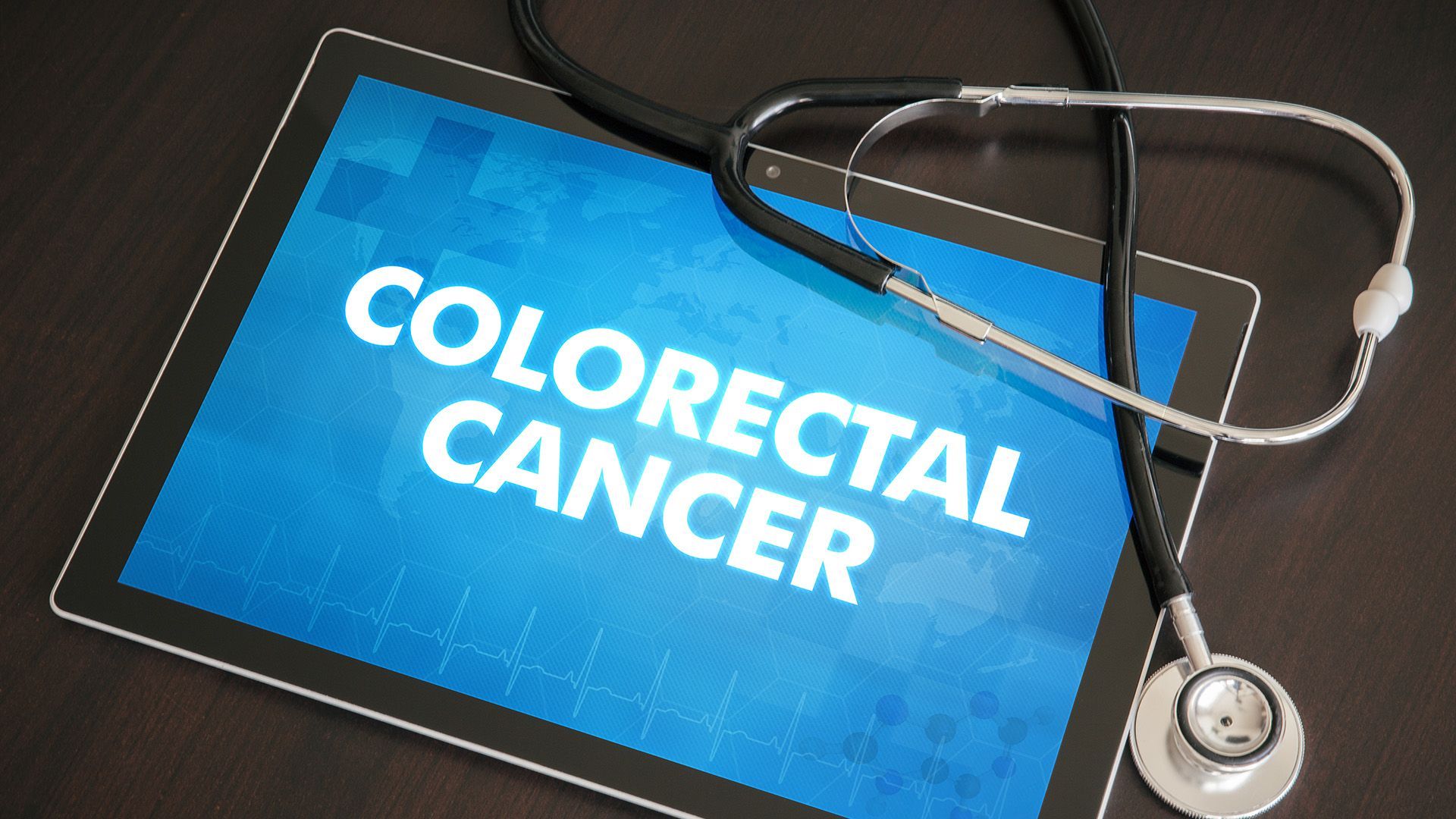
Colorectal cancer, one of the most prevalent yet preventable cancers, can develop in the colon or rectum, often starting as small polyps that can quietly become malignant if left unchecked. Dr Mpho Ramabulana, a colorectal surgeon and gastroenterologist at Netcare Akasia Hospital, underscores the life-saving power of vigilance and the importance of early detection.

The lives of millions of South Africans with a litany of rare diseases can be vastly improved, and even saved, by addressing challenges in identifying, studying and treating their conditions. With Rare Disease Day on the 28th of February 2025, the Rare Diseases Access Initiative (RDAI) is driving an evolution of the country’s healthcare, through innovative strategies to better care for over 4.2million people living with an estimated 7000 rare diseases. “As our healthcare system faces significant changes in the years ahead, it is vital that we also advocate for people living with rare diseases in South Africa, especially those with limited healthcare access,” said Kelly du Plessis, CEO of Rare Diseases South Africa (RDSA), a member of RDAI. “As part of our ongoing research and awareness efforts, RDAI has conducted an initial analysis of the incidence and prevalence of rare diseases within the country.” This research will assist in improving access to healthcare, policy development, and patient advocacy, while giving critical insight into the challenges faced by patients. “According to research, some rare diseases affect fewer than 1 in a million people, while others, such as Down syndrome, cystic fibrosis, and haemophilia, have a more recognisable prevalence,” says Dr. Helen Malherbe, RDAI lead researcher on rare disease prevalence data. “Many conditions are undetected, underdiagnosed or misdiagnosed, with too many having no information available about them at all.” The RDAI was formed in 2019 to promote a more favourable environment for those impacted by rare diseases in South Africa. Participants include Ampath, the Board of Healthcare Funders (BHF), Discovery Health, Genetic Counsellors South Africa (SASHG), the Government Employees Medical Scheme (GEMS), Health Funders Association (HFA), Medihelp, Medscheme, North-West University (NWU), Rare Diseases South Africa (RDSA), the South African Medical Association (SAMA) and The South African Medical Technology Industry Association (SAMED). The Council for Medical Schemes (CMS) participates as an observer. In the same year, Rare Disease International signed a memorandum of understanding with the World Health Organisation leading to an international rare disease policy framework. In 2021, the United Nations General Assembly moved to adopt a resolution recognising 300 million people living with rare diseases worldwide. “A general lack of awareness and delayed diagnosis remain major hurdles for those affected by rare diseases. Policymakers and healthcare stakeholders need to prioritise access to treatment, diagnosis, and support for rare disease patients,” says Bada Pharasi, CEO of IPASA, “Through this initiative, working collaboratively with stakeholders at every level of the healthcare supply chain, we can bring real and meaningful change to those affected, including family members and care givers, through smart and efficient strategies.” The globally agreed definition of a rare disease is any medical condition with a specific pattern of clinical signs, symptoms, and findings that affects fewer than or equal to 1 in 2000 persons in a population. “Most are genetic, and some are inherited and passed down in families,” Malherbe says. “Some affect only the patient’s genetic recipe, while others may be acquired during life due to infection, trauma, or environmental effects. For many, the cause is still unknown. “These conditions mainly affect children, as they are largely incurable and many are life-threatening. Some require specialised and co-ordinated care, some have limited and expensive treatment options, while others have no information or effective treatments at all,” she adds. The RDAI is calling for a patient-centred care model built on equitable access, transparency and efficiency. Naturally, this model calls for the open participation of patients, the healthcare industry, health professionals, and the Government. “The most critical elements are robust diagnosis standards, improved access to treatment, data collection and management, co-ordination of care, measurement of outcomes and ongoing collaborative research,” du Plessis says. “We need to establish rare disease advisory committees, map gaps and opportunities, establish system requirements, create a roadmap and plan a phased implementation with clear timelines.” The RDAI states that these policy development steps would be a start in quantifying the disease burden and defining standards of care. This would be followed by building and strengthening the capacity to facilitate appropriate diagnosis, treatment, continuity and data monitoring. Thoneshan Naidoo, Chief Executive Officer of the Health Funders Association noted that, “We appreciate the unique opportunity provided by RDAI which enables stakeholders across the industry to work together and identify strategies that improve equitable access to the appropriate diagnosis, treatment and healthcare services for rare disease patients, in an affordable and sustainable manner, taking account of the other pressing needs across the healthcare system.” “True innovation in healthcare is only possible through partnerships and joint advocacy efforts that raise awareness and improve access to treatment. Our long-term goal is the development of a rare diseases policy framework and guidelines for coordinated care,” says Pharasi. “Our members are united in the commitment to unlocking improved patient outcomes and improving access to services and robust health needs assessment facilities.” he concludes. About RDAI The Rare Diseases Access Initiative (RDAI) is dedicated to advocating for improved healthcare access, policy development, and patient support for those affected by rare diseases in South Africa. The initiative brings together key healthcare stakeholders, including pharmaceutical associations, funders, genetic specialists, and patient advocacy groups, to drive impactful change. About RDSA Founded in 2013, Rare Diseases South Africa (RDSA) is a non-profit organisation advocating to ensure that people living with rare diseases and congenital disorders experience greater recognition, support, improved health service and better overall quality of life. Started out of personal need following the diagnosis of organisation founder, Kelly du Plessis' son, it became evident that there was a lack of awareness and support for rare diseases in general in South Africa. About IPASA The Innovative Pharmaceutical Association South Africa (IPASA) is a voluntary trade association representing 24 leading pharmaceutical companies committed to research, development, and innovation. Our mission is to drive healthcare advancement by advocating for policies that improve patient access to safe, high-quality, and affordable medicines.



